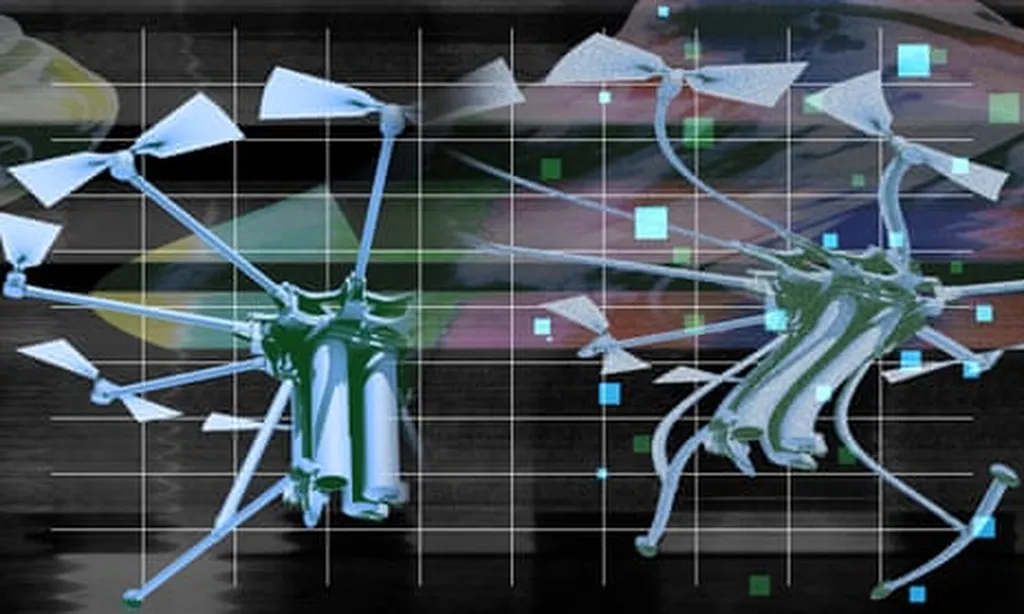The Indian Army has achieved a landmark milestone with the patenting of its indigenous AI-driven automatic target-classification system (AIATCS), a development that underscores the nation’s growing self-reliance in defence technology. Designed by Colonel Kuldeep Yadav, the system represents a leap forward in military surveillance and operational efficiency, with far-reaching implications for India’s strategic capabilities.
AIATCS operates autonomously, detecting and categorizing radar targets without human intervention. By leveraging advanced sensors and machine learning algorithms, the system processes real-time radar data, cross-referencing it against a comprehensive database to deliver rapid and accurate target identification. This innovation significantly reduces response times in critical military applications, including missile guidance and air defence, where split-second decisions can determine outcomes.
“The system’s ability to operate continuously without human fatigue is a game-changer,” said a senior Army official. “It enhances our operational readiness and aligns with the Atmanirbhar Bharat initiative, reducing our dependence on foreign technology.”
Colonel Yadav, a key figure in military AI development, previously secured a patent for an AI-driven accident-prevention system in 2023, demonstrating his expertise in applying artificial intelligence to defence challenges. His latest innovation reflects the Indian Army’s broader push toward indigenous technological solutions, a priority for the government as it seeks to modernize the military while minimizing reliance on imported systems.
The AIATCS is part of a global trend in military AI development, with nations like the United States, China, and Israel investing heavily in autonomous target-recognition systems. These technologies are increasingly viewed as essential for modern warfare, offering faster threat detection and reduced human error in high-stakes environments.
Military analysts suggest that AIATCS could provide India with a strategic edge in border surveillance and air defence, particularly in contested regions where rapid response is critical. The system’s ability to process both visual and radar data simultaneously enhances its effectiveness in complex battlefield scenarios, where human operators may struggle to keep pace with evolving threats.
The patent approval process, which requires rigorous technical validation, confirms that the Indian Army’s system meets international standards for innovation and practical application. Developed entirely through internal resources, the project highlights the military’s expanding research and development capabilities in emerging technologies.
As India continues to invest in AI-driven defence solutions, the AIATCS stands as a testament to the nation’s growing technical prowess. The system not only strengthens India’s military infrastructure but also positions the country as a key player in the global defence technology landscape. With AI becoming increasingly integral to modern warfare, innovations like AIATCS could redefine the future of military operations, both in India and beyond.

